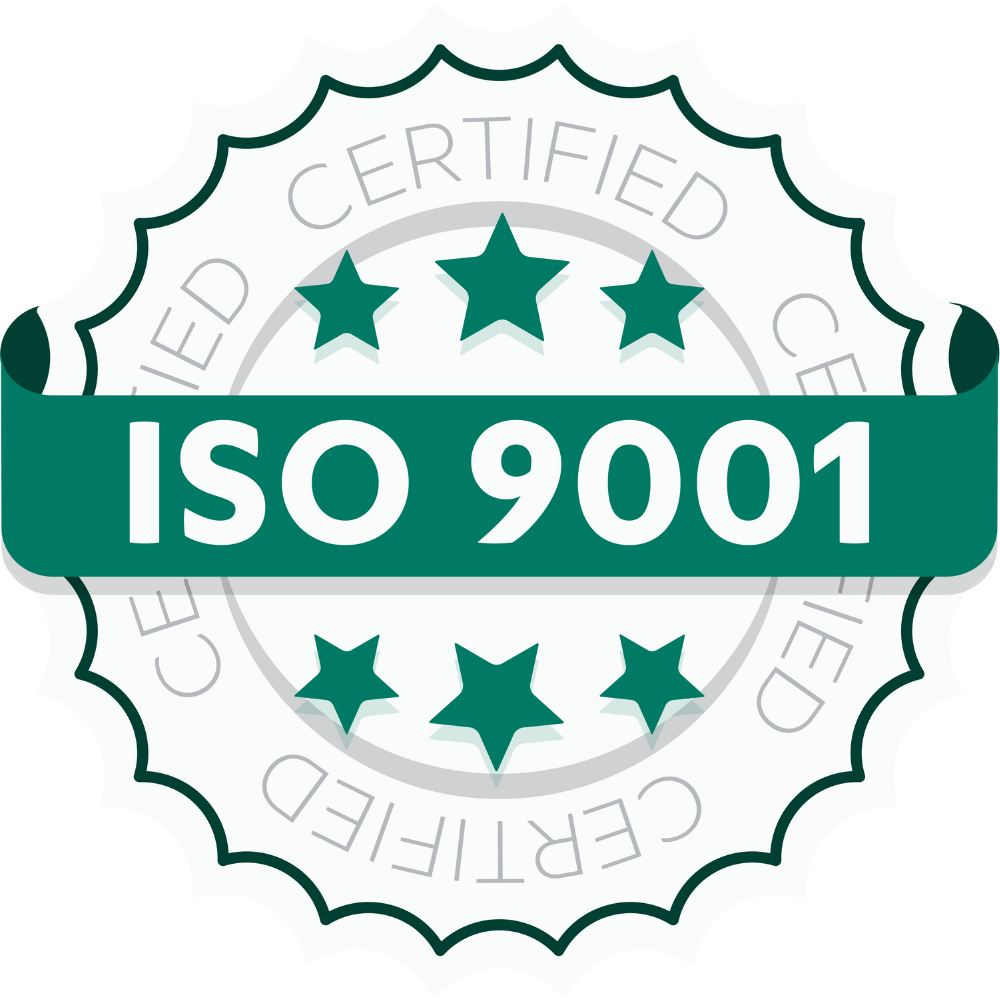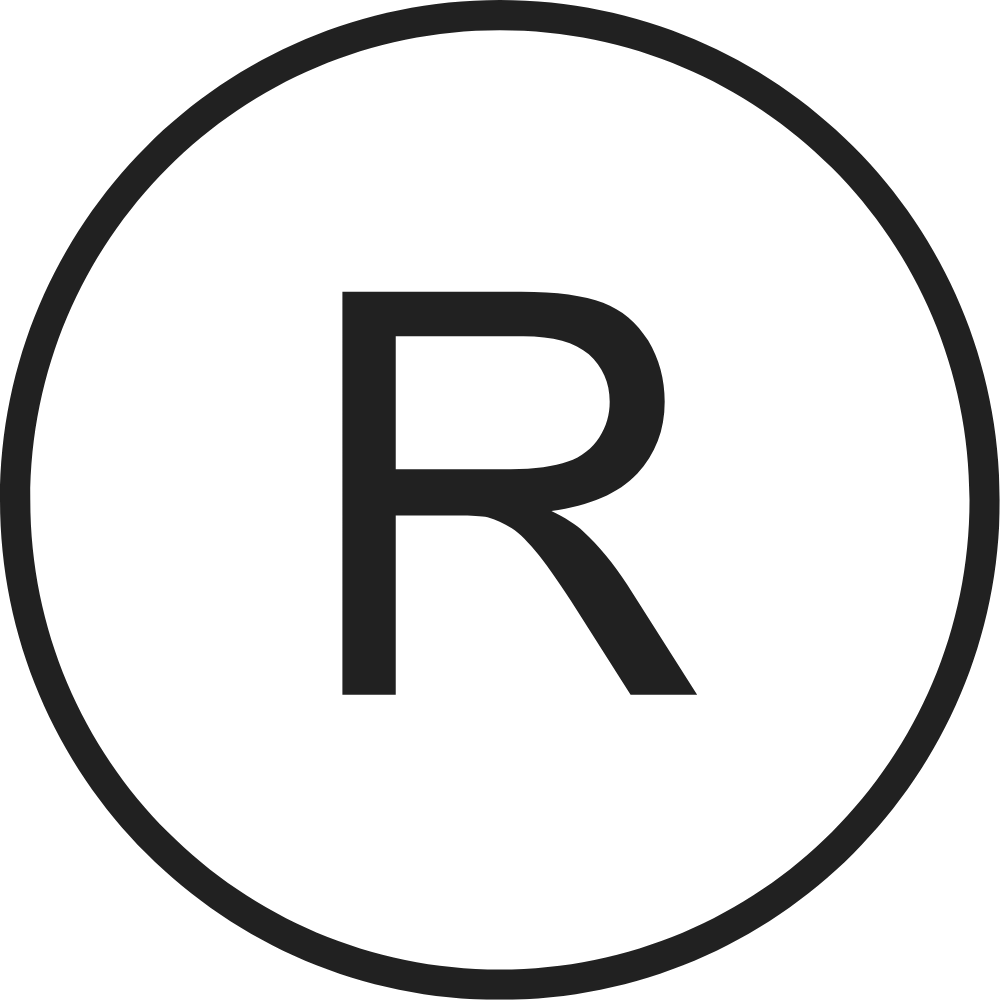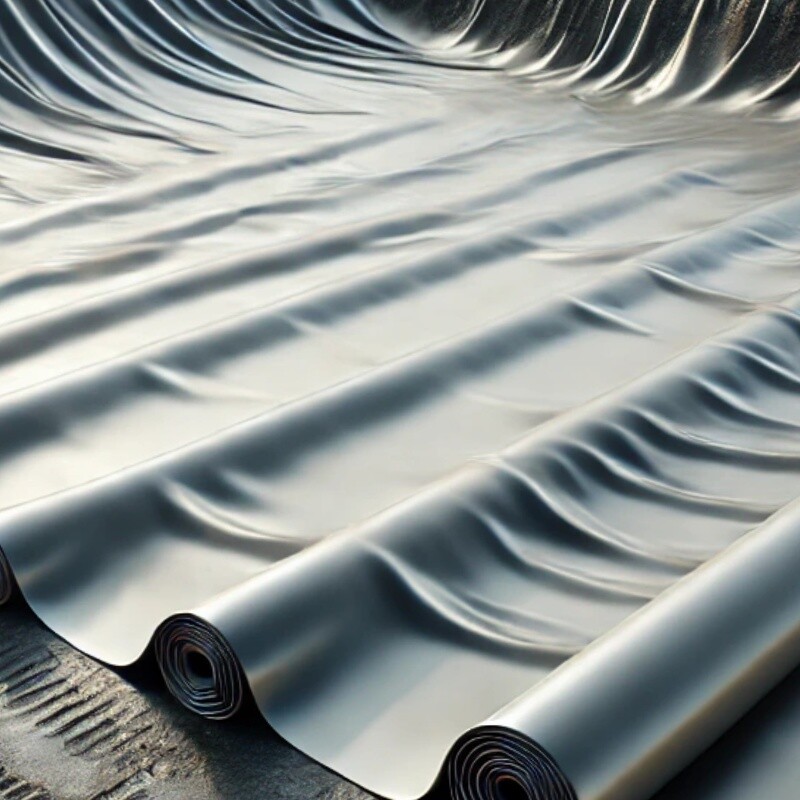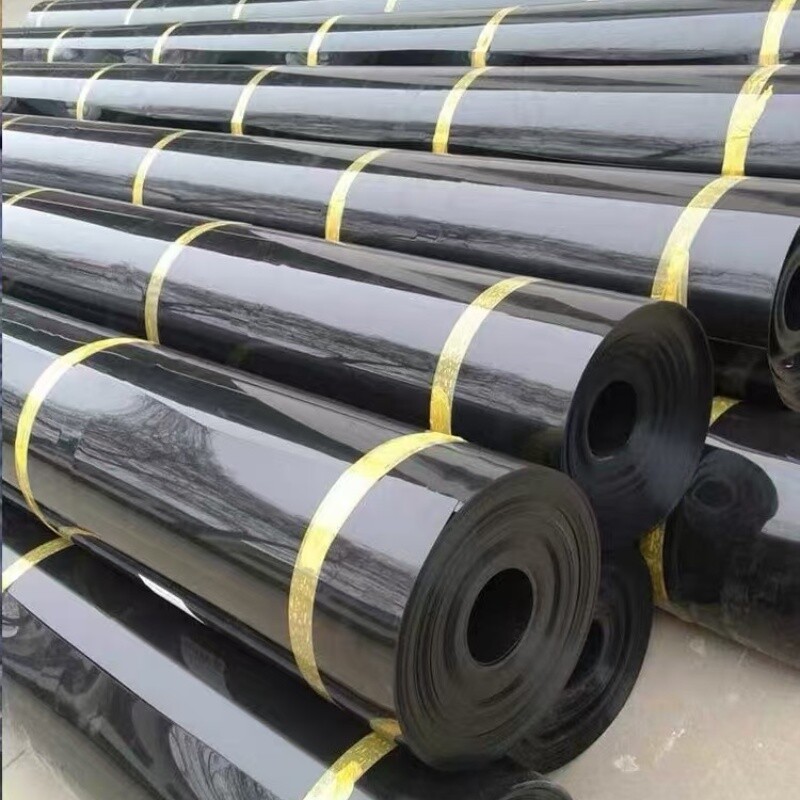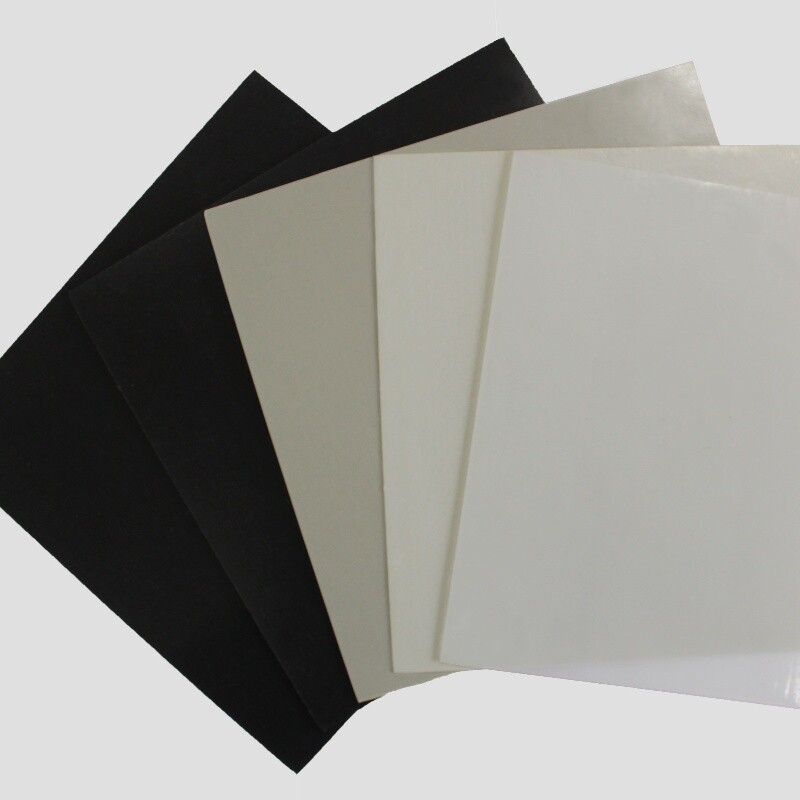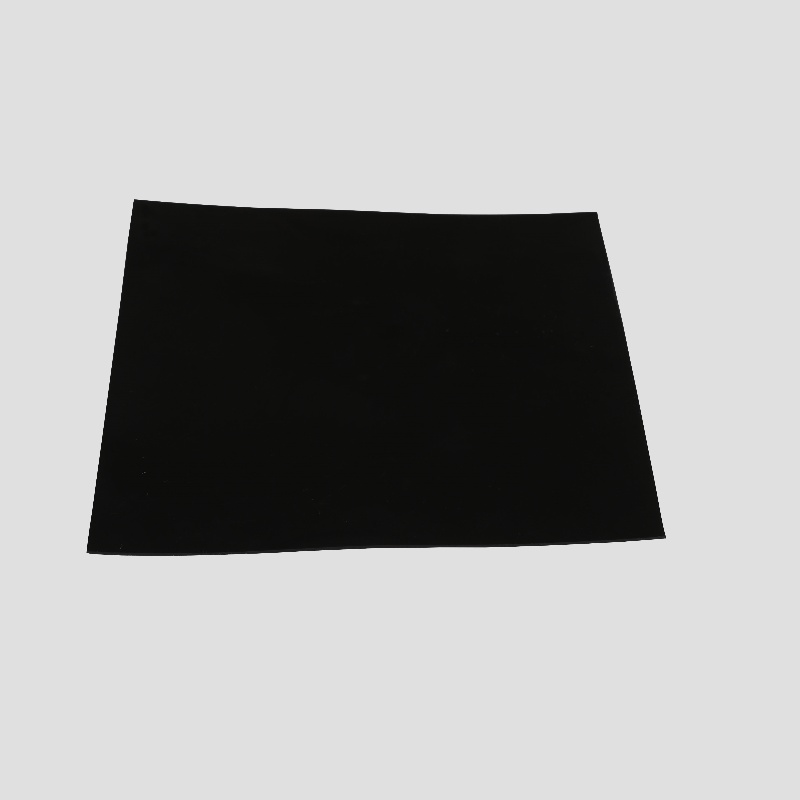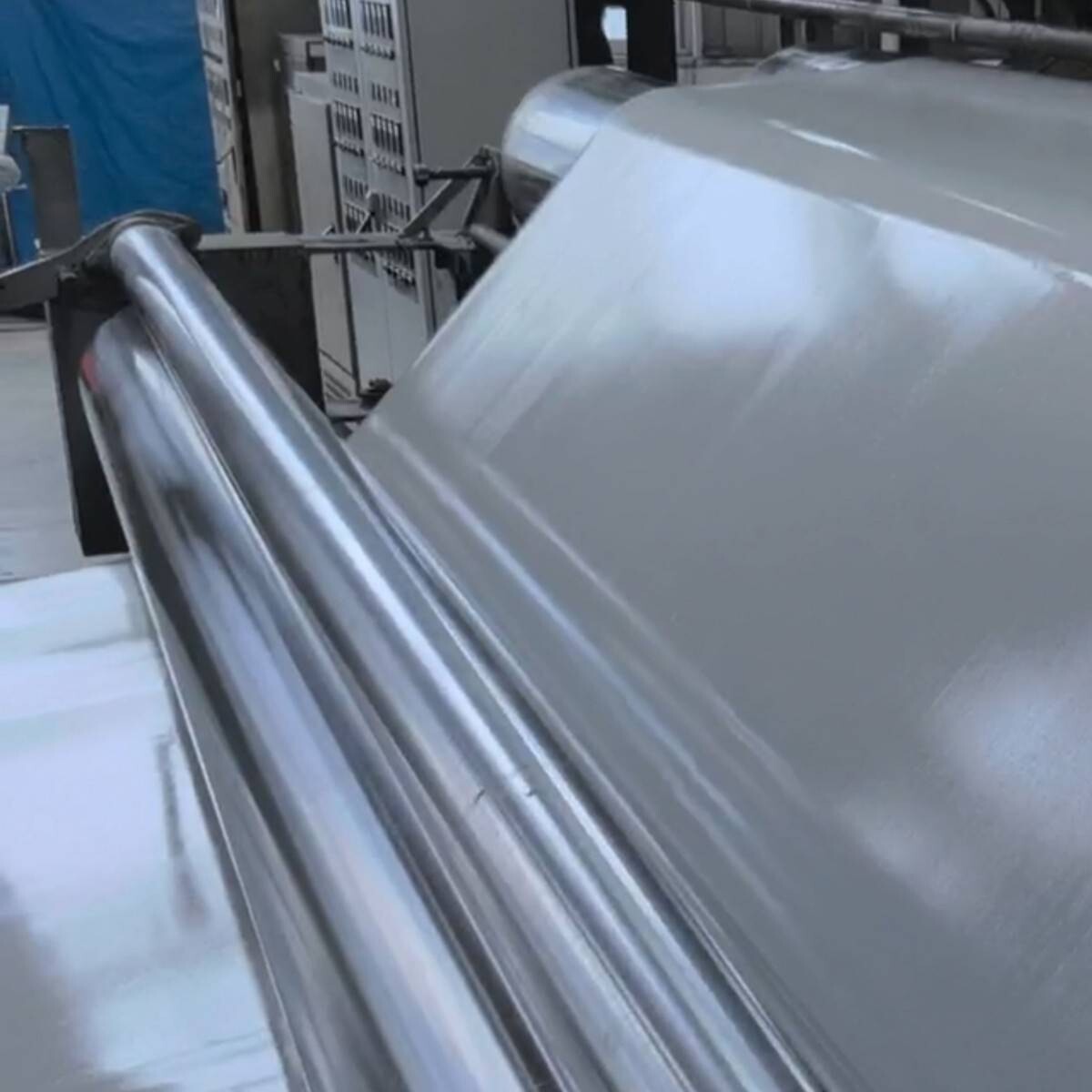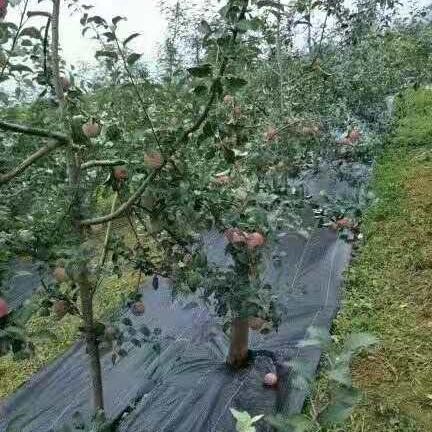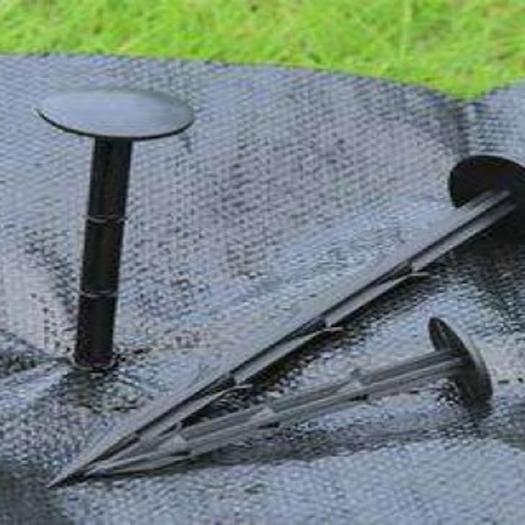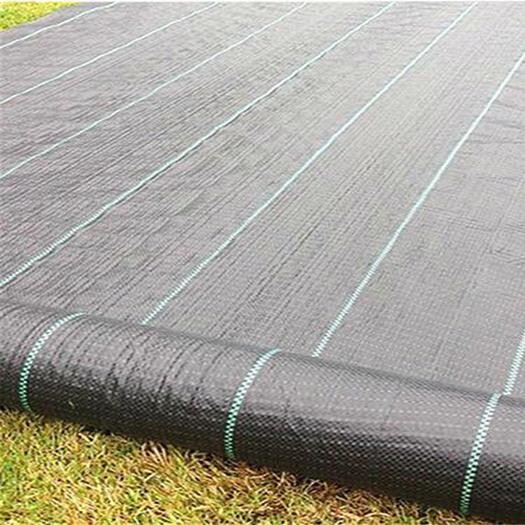Product Overview
The Landfill Geomembrane is a specially engineered impermeable barrier used in landfill applications to prevent the migration of hazardous liquids and gases into the surrounding environment. Made from durable materials such as HDPE (High-Density Polyethylene) or PVC (Polyvinyl Chloride), it offers long-term protection against leachate contamination, UV degradation, and mechanical stress. Landfills are one of the most challenging environments for environmental protection, and this geomembrane ensures a reliable, secure solution for containment while reducing environmental impact.
The Landfill Geomembrane is used as a base liner or cover liner in landfill projects, offering a cost-effective solution to protect soil and groundwater from leachate seepage. It is designed for both municipal and industrial waste management sites, helping prevent toxic substances from leaching into the surrounding environment, thus supporting compliance with environmental regulations and sustainability efforts.
Product Features
- Superior Leak Prevention: The Landfill Geomembrane acts as a highly effective barrier to prevent the leakage of leachate, harmful chemicals, and gases from landfill sites into the surrounding environment.
- Chemical Resistance: The geomembrane is resistant to a wide range of aggressive chemicals commonly found in landfills, including acids, oils, and solvents, making it highly durable and effective in waste containment.
- UV Resistance: With built-in UV stabilizers, the membrane resists degradation from prolonged exposure to sunlight, ensuring long-term performance even in outdoor, exposed landfill conditions.
- High Durability: The geomembrane is designed to withstand the mechanical stresses of daily landfill operations, including the weight of waste, equipment, and soil cover, as well as extreme weather conditions.
- Excellent Flexibility: The Landfill Geomembrane can be easily installed even in irregularly shaped landfill sites, ensuring an even and consistent lining solution that adapts to various environmental conditions.
- Low Permeability: The material features extremely low permeability (typically less than 1 x 10^-13 cm/s), ensuring no contamination from leachate or other hazardous substances.
- Long-Term Performance: Designed for durability, the geomembrane provides long-lasting protection, reducing the need for frequent maintenance or replacement, and ensuring the long-term environmental integrity of the landfill.
Product Specifications
- Material: High-Density Polyethylene (HDPE), Polyvinyl Chloride (PVC), or other advanced geomembrane materials specifically designed for landfill applications.
- Thickness: Standard thickness ranges from 0.5 mm to 2.5 mm, depending on the site’s waste type and environmental conditions.
- Width: Rolls are available in standard widths of 4 meters to 6 meters, but custom widths can be manufactured for specific landfill site dimensions.
- Length: Geomembrane rolls typically come in lengths of 50 meters to 100 meters, with custom lengths available to meet project needs.
- Tensile Strength: Tensile strength ranges from 15 MPa to 30 MPa, ensuring the membrane can resist mechanical forces from heavy equipment and landfill operations.
- Elongation at Break: Typically ranges from 12% to 20%, allowing for flexibility and adaptability in varying conditions.
- Permeability: Extremely low permeability (less than 1 x 10^-13 cm/s), preventing any liquids or gases from escaping.
- Color: The standard color is black, which enhances UV resistance and reduces the growth of algae, though custom colors may be available upon request.
Applications
- Landfill Lining: The Landfill Geomembrane is primarily used as a base liner or cover liner in landfill sites to prevent leachate from seeping into the surrounding soil and groundwater.
- Waste Containment: Used in both municipal and industrial landfills to contain hazardous waste, chemicals, and other toxic substances, ensuring they do not leak into the environment.
- Leachate Collection Systems: Commonly used as part of leachate collection and treatment systems, helping prevent environmental contamination by containing wastewater and chemical runoff.
- Mining Waste Containment: Used in mining operations to line tailings ponds, ensuring that waste products from mining processes are securely contained and do not pollute nearby ecosystems.
- Wastewater Treatment: Applied in wastewater treatment ponds and holding basins where impermeability is critical to prevent contamination of surrounding areas.
- Landfill Gas Control: Works in conjunction with landfill gas collection systems, containing gases such as methane and carbon dioxide that can be hazardous or contribute to climate change.
Construction Recommendations
Site Preparation: The site must be cleared of all sharp objects, large rocks, and debris that may cause punctures or damage to the geomembrane. The ground should be leveled and compacted to ensure that the geomembrane is placed evenly and securely.
Installation Method: Unroll the Landfill Geomembrane carefully over the prepared site. Overlap the edges of the geomembrane sheets and use proper welding techniques (heat or extrusion welding) to ensure that the seams are secure and leak-proof. Avoid wrinkles and ensure that the geomembrane fits the site contours precisely.
Seam Welding: Use heat welding or extrusion welding methods to join adjacent sheets. The seams should be tested using vacuum or air pressure testing to confirm they are secure, watertight, and resistant to potential leaks.
Protection During Installation: While installing the geomembrane, protect it from sharp objects, heavy machinery, or debris that could puncture or damage the material. Use geotextile fabric or a protective layer if necessary, especially when backfilling or handling heavy loads.
Backfilling and Covering: After installation, the geomembrane should be covered with soil or gravel to protect it from UV radiation, physical damage, and environmental wear. This backfill should be done with care to avoid applying excessive pressure on the geomembrane.
Inspection and Maintenance: Perform periodic inspections to check for signs of wear, damage, or punctures, especially after heavy rainfall or extreme weather conditions. Any damage should be repaired immediately using proper welding or patching techniques to maintain the geomembrane’s integrity.
FAQ
- What can you buy from HONGYUE?
Geogrid, Geomembrane, Geocell, Geotextile and other geosynthetic materials.
- What you can expect from HONGYUE?
Competent and knowledgeable technical engineers .
Customized service according to engineering requirements .
Complete solutions for product design, delivery and installation in construction projects .
Offer various complementary product portfolio and contract project.
- How can HONGYUE guarantee quality?Always a pre-production sample before mass production;
Always final Inspection before shipment - What is your sample policy?
We can provide the sample free, you just pay for the transportation freight then you can get 3-5 days.
- What is the services can HONGYUE provide?Accepted Delivery Terms: FOB,CFR,CIF,EXW,DDP,Express Delivery,and so on ;
Accepted Payment Currency:USD,CNY;Euro;and so on ;
Accepted Payment Type: T/T,L/C,MoneyGram,Credit Card,PayPal,Western Union,Cash - Are you manufacturer or trading company ?
We are a professional manufacturer
- How about your delivery time?The specific delivery time depends on the items and the quantity of your order.
Inquiry about this product
Related Recommendations
If there is no accurate search result, please contact us and we will respond within 24 hours.


